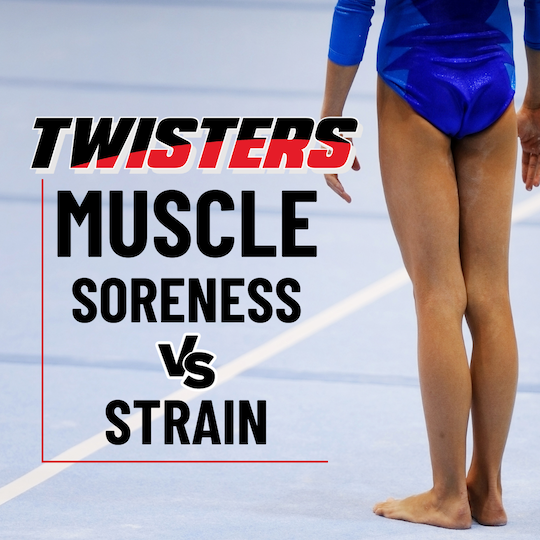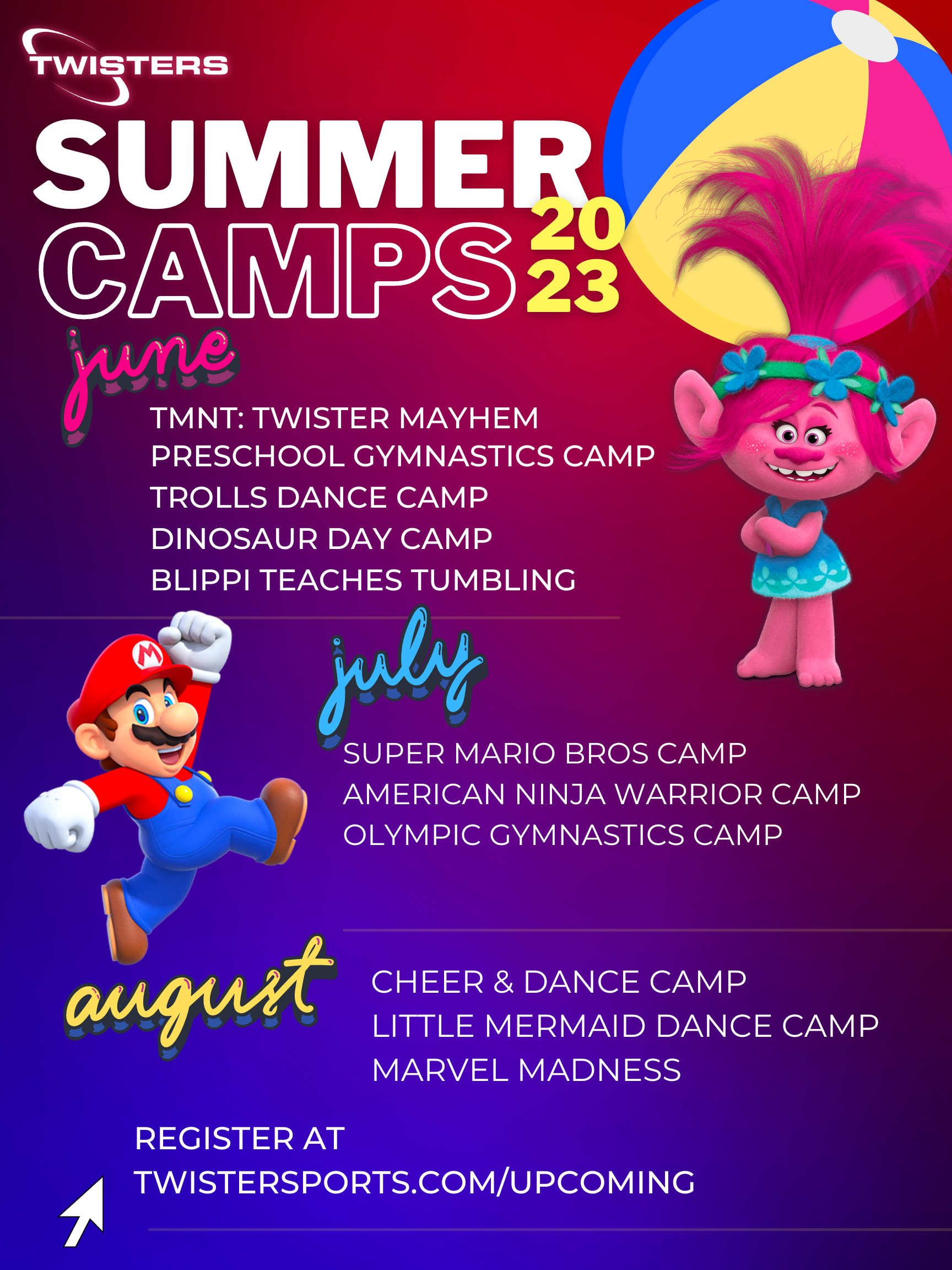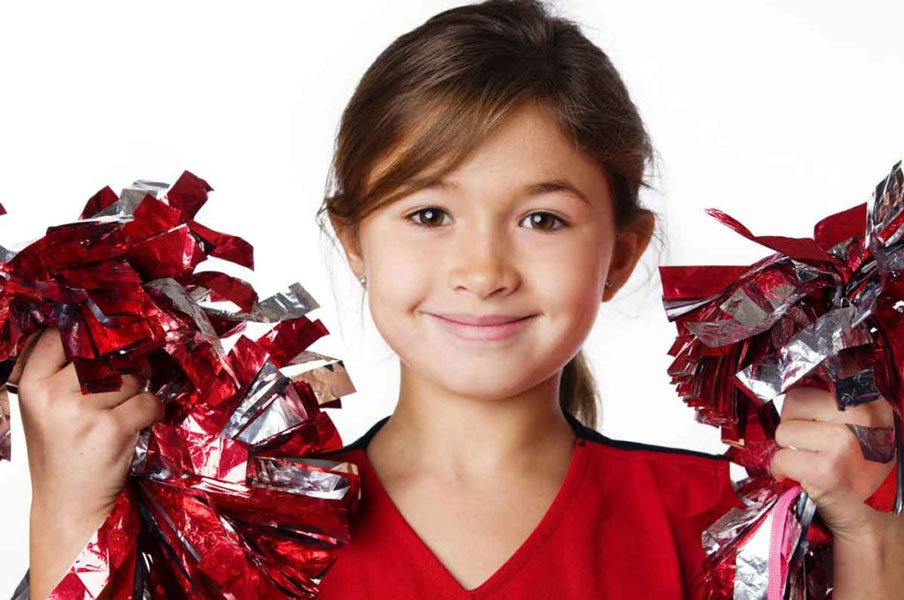As your child growths in strength, he or she will inevitably wake up one day and realize their muscles are a little achy. For young athletes, this can be hard as they aren’t familiar with the discomfort. When my daughter was little, I remember her telling me her tummy hurt. After asking her a series of questions, I realized it’s wasn’t the stomach flu, but instead, her abs were sore.
Distinguishing between a sore muscle and a pulled muscle (muscle strain) can be challenging, as they can share some similar symptoms. However, there are key differences between the two:
Sore Muscle:
- Onset: Soreness typically develops gradually and is often related to physical activity, exercise, or an increase in intensity or duration of activity.
- Pain Characteristics: Sore muscles usually feel tender, achy, and stiff. The pain is often generalized and can affect the entire muscle or muscle group. It may be described as discomfort rather than sharp or intense pain.
- Movement: You can usually move the muscle with some discomfort, and range of motion is not significantly restricted. Soreness tends to improve with light activity and stretching.
- Duration: Soreness typically resolves within a few days to a week, especially with rest, gentle stretching, and self-care measures.
Pulled Muscle (Muscle Strain):
- Onset: A pulled muscle, or muscle strain, often occurs suddenly, usually during or immediately after physical activity, lifting heavy objects, or making an abrupt movement.
- Pain Characteristics: The pain associated with a muscle strain is usually sharp, intense, and localized to a specific area of the muscle. It can be accompanied by a popping or tearing sensation.
- Movement: A pulled muscle can severely limit your range of motion, making it difficult or painful to move the affected muscle. Muscle weakness may also be noticeable.
- Bruising and Swelling: A muscle strain can cause bruising and swelling around the injured area, which is less common in simple muscle soreness.
- Duration: Recovery from a pulled muscle can vary widely depending on the severity of the strain, but it often takes several weeks or even months to fully heal.
If you suspect you have a pulled muscle, it’s essential to take immediate steps to manage it:
- Rest: Avoid any activities that worsen the pain, and give the muscle time to heal.
- Ice: Apply ice to the affected area for the first 48 hours to reduce swelling and inflammation.
- Compression: Consider using a compression bandage to help reduce swelling and provide support to the injured muscle.
- Elevation: Elevate the injured area when possible to further reduce swelling.
- Pain Relief: Over-the-counter pain relievers can help manage pain and inflammation.
- Seek Medical Attention: If you suspect a severe muscle strain or if the pain persists, it’s crucial to consult a healthcare professional. They can provide a proper diagnosis, recommend treatment, and rule out more serious injuries.
While sore muscles and pulled muscles share some common symptoms, the sudden onset of sharp, localized pain and limited range of motion are typically indicative of a muscle strain. Muscle soreness is part of the process when growing in strength. The discomfort shouldn’t scare you as a parent, but it’s helpful to be able to distinguish between injury and strength-building so we’re able to keep young athletes progressing safely.
Blog written by Danielle Johnston, owner of Twister Sports in Warrensburg, MO. Twisters offers recreational and competitive cheerleading, tumbling, dance, gymnastics and ninja warrior as well as birthday parties, indoor batting cages, and a licensed childcare program.








